MARKET OVERVIEW
This baby bottles nipples market is expected to face significant changes over the next years, driven by emerging consumer needs and technological advancements. This market falls under the larger umbrella of the baby products industry but will continue to serve a rapidly growing demand for more innovative solutions for feeding infants in a better manner. As the market evolves, many different variables will have to be addressed during the designing and manufacturing process for baby bottle nipples, including companies trying to meet the demand for expectations on both sides-between the parents and the healthcare professional.
Customization is an aspect that will be seen, in baby bottles as well as the nipples, by next year. Manufacturers will begin to point toward the distribution of options to the parents that are capable of meeting the needs of their babies. This might be achieved with variable flow rates of nipples, ergonomically shaped designs, and materials emulating the feel of breastfeeding. As parents would want the lives of their babies to be as easy and comfortable as possible, there is a need to have products that allow for an easy switch from breastfeeding to bottle feeding. Even more complex and niche designs are also expected to come forth that will address the same to ensure a good feeding experience for babies regardless of whether they are bottle-fed or breastfed.
The Global Baby Bottles Nipples market is going to show a growing demand for eco-friendly products. Rising awareness on environmental issues will create increased demand for parents to seek products that are made from sustainable material, such as biodegradable plastics and natural rubber. In turn, manufacturers shall invest in research and development to come up with infant-safe products that are in tandem environmentally responsible. Such innovations shall not only be of positive consequence to the environment but will also attract more and more socially conscious consumers. Therefore, sustainable practices will soon be the industry standard. In the future, the face of producing baby bottle nipples is going to change.
Technological aspects of the market will also change over the next few years. Companies will probably launch smart baby bottle nipples with sensors that can track milk temperature, detect air intake, or track feeding times. These achievements will give parents greater insight into their baby's feeding patterns and health. The greater role of technology in daily life leads to the influx of smartness into baby products. Manufacturers will strive to make these innovations more accessible and friendly to users.
In addition, the regulatory environment regarding baby products will direct the Global Baby Bottles Nipples market. Manufacturers will then have to ensure that their offerings comply with the growing demands on safety and hygiene by governments and health administrations. This could thus lead to new materials more baby-safe and easier to clean. Anti-bacterial or self-cleaning surfaces will be designed to allow parents to maintain the highest levels of hygiene with minimal effort. Therefore, the Global Baby Bottles Nipples market will emerge in terms of customization, sustainability, technological innovation, and regulatory compliance. When manufacturers start to respond to such changes, then the industry would be better able to provide options for parents who would further bring comfort and safety to their babies. Then the market will stand a good chance to cater to the needs of a future generation of parents and their children.
Global Baby Bottles Nipples market is estimated to reach $3,935.28 Million by 2031; growing at a CAGR of 4.5% from 2024 to 2031.
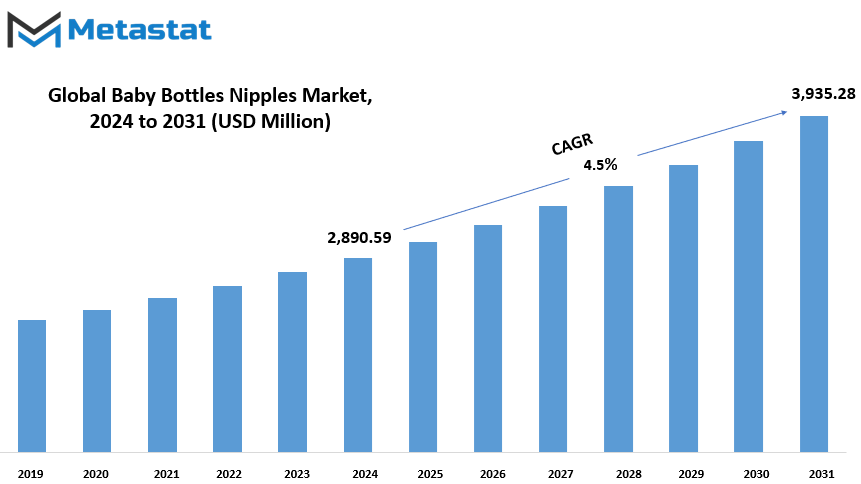
GROWTH FACTORS
There are various drivers of growth of the global baby bottle nipples market. Foremost, growth is spurred on by an improved understanding of baby nutrition and safety requirements. Thus, high-quality and BPA-free baby bottle nipples have seen their demand grow immensely. Nowadays, parents have taken greater responsibility with respect to materials for items used that touch their children's bodies as being safe, nontoxic, and more importantly, secure. Due to this awareness, manufacturers are focused on providing safety-compliant high-quality nipples for babies, further boosting the growth of the market.
Another important aspect driving the market is the growth in working parents. With working parents having an increasing number of children, balancing career and parenting responsibilities, convenience and efficiency during feeding become more demanding. Baby bottles with nipples offer a very convenient and practical means of feeding babies, especially for working parents. The increasing demand for this type of product is largely due to the need for dependable feeding methods that enable busy parents to provide for their babies without sacrificing quality.
However, there are some challenges that may have an impact on market growth. The first key challenge is the price of premium baby bottle nipples. Premium baby bottles are of better quality and safe to use, which may be a drawback for price-sensitive consumers, hence limiting adoption of premium options. Therefore, there is a need to balance quality with affordability to attract a large population of consumers.
In addition, strict safety regulations and quality standards can also make manufacturing complex and expensive. The baby bottle nipples must pass these regulations, but the drive to meet these requirements can make it more expensive to produce, and this may influence the general market pricing.
On the positive side, the growth of e-commerce sites that function as online retail platforms is huge market growth opportunity. With the increasing number of people shopping online, brands can reach a large target group and open up new markets that would not have been otherwise reached through other retail channels. This shift to e-commerce would give the market significant opportunities in the coming years, as consumers are easily able to find convenience and variety in online platforms while searching for high-quality baby bottle nipples.
MARKET SEGMENTATION
By Type
The global market for baby bottle nipples is expanding swiftly, as increased demand for the specialized and of high quality stimulates the market further. The type of market comprises several types divided into various parts to cater to parents and infants needs. Among all, the most significant share accounts for standard nipples, which is likely to reach 967.20 million. This is the most common type of nipple, quite simple and user-friendly, so it is also the favorite for many parents.
Besides the standard nipples, a great number of wide-neck nipples is in demand. The wide neck nipple comes with a larger opening that makes them easy to fill and clean. They are especially liked by parents who opt for a more convenient choice and have an advantage when used with bottles that come with a wide-necked design. These nipples are generally preferred for its ergonomic qualities and easy handling.
Orthodontic nipples are another important category in the baby bottle nipple market. These are specially designed to facilitate the natural development of a baby's teeth and gums. Orthodontic nipples have a special shape that can help to simulate breastfeeding, which is considered an important factor for the oral development of the baby. Many parents choose orthodontic nipples since they are known to minimize the possibility of future dental issues.
Variable flow nipples provide flexibility for both the baby and the parent. Nipples have variable flow rates that allow parents to control the speed at which milk or formula flows. This is especially helpful for babies who are switching from breastfeeding to bottle-feeding. It can also prevent choking and ensure that the baby feeds at a comfortable pace.
The last one to be discussed here is anti-colic nipples. These have also become popular, as they alleviate the symptoms of colic in babies. Special nipples are made to prevent sucking in air during feeding, which usually causes discomfort and gas. In many families where babies fuss constantly or have colic, parents may be attracted to anti-colic nipples because they alleviate a common complaint.
Each of these product types is necessary for different occasions, and consequently, it promotes the growth in the overall industry. The reason is that because parents increasingly wish to seek alternative solutions which assure convenience, safe, and comfort delivery, there has been a tendency for more uptake of such dedicated nipples. End.
By Material
The baby bottle nipples market is developing globally, considering the increasing demands of parents searching for safe and reliable feeding alternatives for their babies. Among various segments in the market, material plays a prominent role in the determination of product quality and safety. Two such widely used materials in the production of these nipples are silicone and latex.
Many reasons exist why silicone is so popular. The durability and heat resistance make it very useful. Parents concerned about the baby's sensitive skin are happy to see it being used for making nipples because of its hypoallergenic property. The nipple is very durable and will not retain any odor, withstanding very high temperatures in case cleaning or sterilization is done. Furthermore, the transparency of silicone helps in the identification of signs of wear and tear or any other form of damage. Hence, it is flexible enough to let babies latch comfortably and can be used for breastfeeding as well as bottle feeding.
Latex nipples are made of natural rubber, which is softer and more elastic than silicone. Thus, it would be very similar to the nature of a breast, and some babies find it more natural and soothing. Latex is also cheaper than silicone, so mothers would find it an attractive option to suit their budget. However, latex nipples aren't as durable as silicone; they tend to degrade faster, especially after being used and re-sterilized several times. Additionally, some babies may be allergic or sensitive to latex.
The preference between silicone and latex mostly comes down to personal preference, including sensitivity of the baby, durability needed, and budget. Many consider silicone because it lasts longer and is more hypoallergenic, whereas latex is ideal for those seeking a softer feel and greater flexibility. Both materials have advantages and disadvantages but remain the most dominant used in producing baby bottle nipples. The need for safe, comfortable, and easy-to-use feeding options assures both silicone and latex will play significant roles in the market while addressing the varying needs of parents and babies all over the world.
By Distribution Channel
The global market of baby bottle nipples has been gaining tremendous growth since the past years. This boom in the growth is due to the increasing needs of newborn babies and infants for special products. Today, parents around the world still strive to make sure that feeding their babies the best way would give them excellent nutrition. End. This can be attributed to a variety of factors, for example the reasons have been that birth rates have increased in some parts and also increasing consciousness about using safe and reliable feeding products. Moreover, there is an increased preference for convenience when purchasing baby care items.
Distribution Channels Baby Bottle Nipples sold through follows any among the channels given below:. These channels can be broadly classified into online retail and offline retail, each of which has its unique advantages and challenges. Online retail has been an increasingly popular option, especially with the advent of e-commerce platforms and the convenience they provide to consumers. Parents can browse and purchase baby bottle nipples easily from the comfort of their homes, often reaping competitive prices and convenient delivery options. The ability to read reviews and ratings from other customers also helps the parents make decisions about the product they choose for their babies.
Offline retail continues to be part of the overall distribution landscape of baby bottle nipples. Supermarkets and specialty stores remain popular destination points for the parents looking to buy baby care items. Physical outlets have the ability to allow clients to view a product before it is purchased because its quality and safety are checked beforehand. Such an outlet would further be very effective with experts as parents may get advice or be recommended with products that might best suit their baby.
The roles of the distribution channel of the baby bottle nipple will be contributed to both the online and the offline retail outlet channels. The growing trend of online shopping has led to an increase in the availability of various brands and options for parents, but offline stores still provide a level of trust and personalization that many consumers value. Co-existence of these two distribution channels signifies that parents have ample options to choose from in getting their respective baby bottle nipples, thus allowing them to find products that meet their requirements and preferences best.
By End-Users
The global market of baby bottle nipples is diversified wherein different end-users play significant roles in raising the demand in the market with its distribution channel. The marketplace is mainly differentiated into three subcategories: the hospitals and clinics, households, and maternity or baby stores categories. Each of them has different necessities that influence this market.
Significant portion the baby bottle nipple market is that of hospitals and clinics. These institutions are highly dependent on specialized baby products for the care of newborns. Neonatal units in hospitals demand bottles and nipples that meet the highest hygiene and safety standards. Newborns, especially preterm infants, often require bottles with specific features, such as slow-flow nipples, to reduce the risk of choking and ensure proper feeding. Clinics also require the products because they are applied during baby care consultation and pediatric evaluation.
Households are also one of the main consumers for baby bottle nipples. Parents will rely on the products for feeding as they provide convenience and safety to their babies. As a family grows, there is an increasing need for baby bottle nipples that are of high quality, durable, and easy to clean. Households may prefer bottles with different flow rates, such as medium or fast-flow nipples, to cater to the age and feeding preferences of their child. Additionally, many parents are looking for BPA-free and eco-friendly options, further driving innovation in this sector.
Maternity and baby stores also contribute significantly to the market. These stores offer a variety of baby products, including bottle nipples, for new and expectant parents. With their specific focus on infant care, the stores provide customers with a wide range of nipple designs, materials, and sizes to meet the different feeding needs. Parents go to these stores to buy products that are recommended and trusted to fit their baby care routines. This has made maternity and baby stores important places to sell their products for most of the big brands in the market.
In conclusion, the global demand for baby bottle nipples reflects the requirements of various end-users. Hospitals and clinics, houses, and maternity and baby stores form the total demand portfolio of these products. Each one of them has varied needs and preferences with respect to these products. This diversity among the end-users will ensure that the market will keep growing with innovative designs and functionalities aimed at meeting the different needs of parents and carers around the world.
|
Report Coverage |
Details |
|
Forecast Period |
2024-2031 |
|
Market Size in 2024 |
$2,890.59 million |
|
Market Size by 2031 |
$3,935.28 Million |
|
Growth Rate from 2024 to 2031 |
4.5% |
|
Base Year |
2022 |
|
Regions Covered |
North America, Europe, Asia-Pacific Green, South America, Middle East & Africa |
REGIONAL ANALYSIS
The baby bottle nipples global market is segmented based on geographical regions, which include North America, Europe, Asia-Pacific, South America, and the Middle East & Africa. Each of these geographical regions has different market segments.
In North America, the market is segmented into the U.S., Canada, and Mexico. The U.S. is holding a significant share in the market due to the high demand for baby care products. Canada and Mexico also contribute to the market but to a lesser extent when compared to the U.S.
Europe is segmented in further into regions like the UK, Germany, France, Italy, and the rest of countries in Europe. The UK and Germany are also significant contributors in the European region with high demand in innovative baby care products. In the same light, France and Italy follow and are now also gaining a big share of innovative baby care. The rest of the European countries that include Spain, Netherlands, also contribute to the overall performance in the market.
The Asia-Pacific region is one of the fastest-growing markets for baby bottle nipples, with major countries such as India, China, Japan, and South Korea at the forefront. China is the largest market due to its massive population and growing middle class. Japan and South Korea also have a significant market share, where parents tend to prefer premium baby products. India is experiencing an increased demand for baby care products as the country's economy expands, and urbanization increases. Other Asian-Pacific countries are also contributing to the region's growing market.
Brazil and Argentina are the market leaders in South America. The two countries have an emerging middle class that invests significantly in quality goods for their children. Other countries in South America, while not at the same level of growth, are experiencing growth as well, with Chile and Colombia some of the most notable countries to experience increased demand for baby products.
Middle East & Africa divides into the following regions: the GCC countries, Egypt, South Africa, and other countries within this region. GCC countries of Saudi Arabia, the UAE, and Qatar see demand in baby care products because more families are gaining a higher level of income. Egypt and South Africa, on the other hand, have emerging markets where the demand for baby products is steadily increasing. Other regions in the Middle East & Africa also show potential for growth in the baby bottle nipple market. This geographical division highlights the varied market dynamics across the globe, with each region playing a crucial role in the growth of the global baby bottle nipples market.
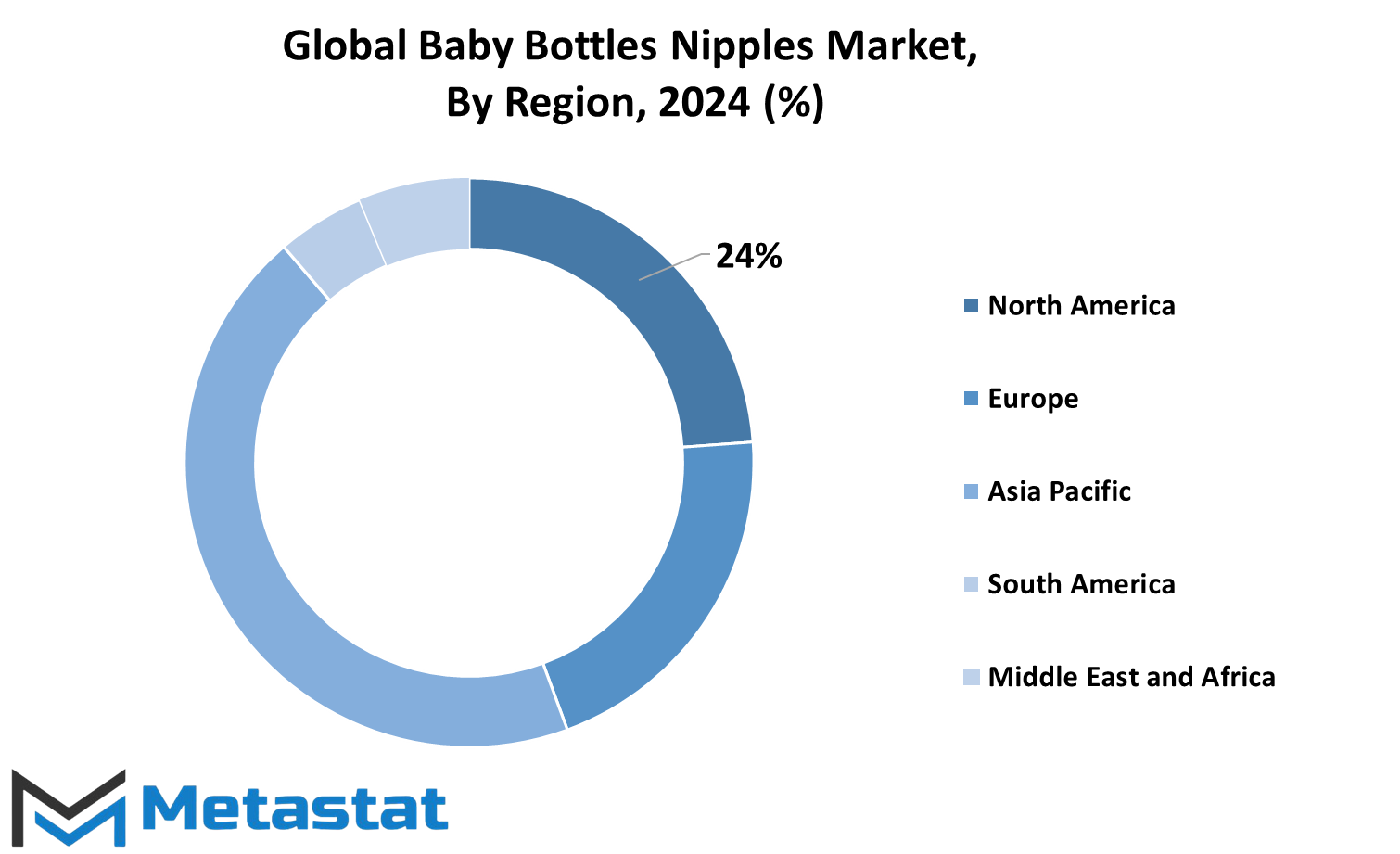
COMPETITIVE PLAYERS
Global sales for baby bottle nipples are steadily expanding, with more and more large and known players adding momentum to this field. Among others, Philips Avent, Pigeon Corporation, and Mayborn Group Limited of the Tommee Tippee brand are named as major key players in this market. Other major brands such as Munchkin, Inc., Medela AG, Dr. Brown’s, and Nuk USA LLC continue to influence the market as well, each bringing unique products to cater to the diverse needs of parents and babies.
Comotomo, Inc. is another player gaining attention, particularly for its innovative and user-friendly designs. Nuby and Playtex are two brands that have been around for ages, with their reputation for quality and safety. Evenflo Feeding, Inc., another well-known baby products company, is added value in the form of bottles and nipples designed for babies. Lansinoh Laboratories, Inc. is the other major company, with safe and reliable products for breastfeeding mothers, while Chicco, or Artsana S.p.A., is another company offering a large range of baby feeding products.
Competition is fierce in this market as companies compete to provide parents with the best for their babies. Each of these brands offers diverse features in their products, such as anti-colic technology, easy-to-clean designs, and safety materials for babies. Innovation is at the forefront of propelling the industry forward as brands look forward to differentiating themselves in terms of comfort, convenience, and safety for both the parents and the child.
With the increase in awareness related to safe feeding practices, there is a great demand for premium baby bottle nipples. The new parents are rising, and people are focusing on child health and safety, hence the market expands. As companies continue to advance features and follow sustainable practices, the baby bottle nipples market is expected to see further growth in the coming years. Companies will continue to compete at the cutting-edge level based on quality, safety, and satisfaction of customers within this fluid environment. Thus, some of the largest players in this global market would be Philips Avent, Pigeon, Tommee Tippee, Medela, Dr. Brown's, etc. Innovation within the baby bottles nipples business from these major and other participants remains continuous in search of customer care. More about safe, effective, and trustworthy feeding is seen to contribute even more in ensuring that companies would remain top providers in this space.
Baby Bottles Nipples Market Key Segments:
By Type
- Standard Nipples
- Wide-Neck Nipples
- Orthodontic Nipples
- Variable Flow Nipples
- Anti-Colic Nipples
By Material
- Silicone
- Latex
By Distribution Channel
- Online Retail
- Offline Retail (Supermarkets, Specialty Stores)
By End-Users
- Hospitals & Clinics
- Households
- Maternity & Baby Stores
Key Global Baby Bottles Nipples Industry Players
- Philips Avent
- Pigeon Corporation
- Mayborn Group Limited (Tommee Tippee)
- Munchkin, Inc.
- Medela AG
- Dr. Brown’s
- Nuk USA LLC
- Comotomo, Inc.
- Nuby
- Playtex
- Evenflo Feeding, Inc.
- Lansinoh Laboratories, Inc.
- Chicco (Artsana S.p.A.)
WHAT REPORT PROVIDES
- Full in-depth analysis of the parent Industry
- Important changes in market and its dynamics
- Segmentation details of the market
- Former, on-going, and projected market analysis in terms of volume and value
- Assessment of niche industry developments
- Market share analysis
- Key strategies of major players
- Emerging segments and regional growth potential



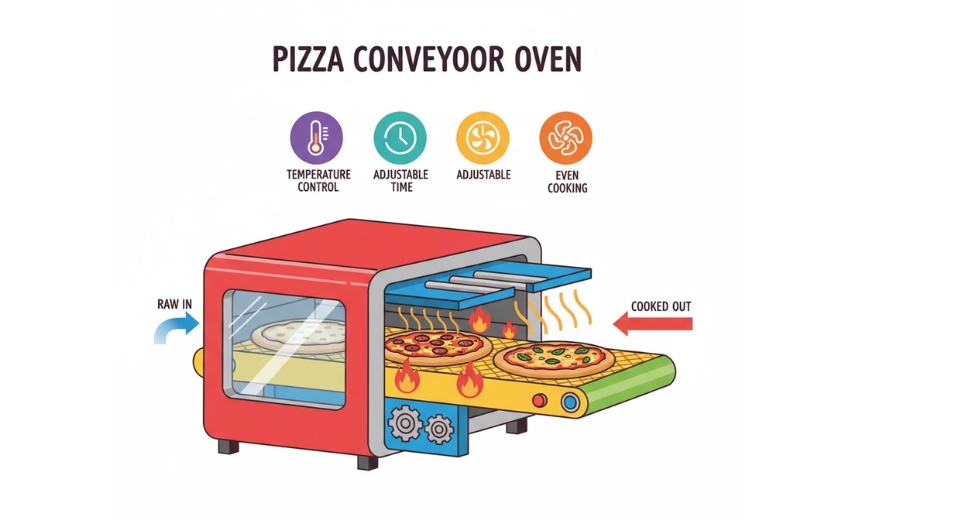
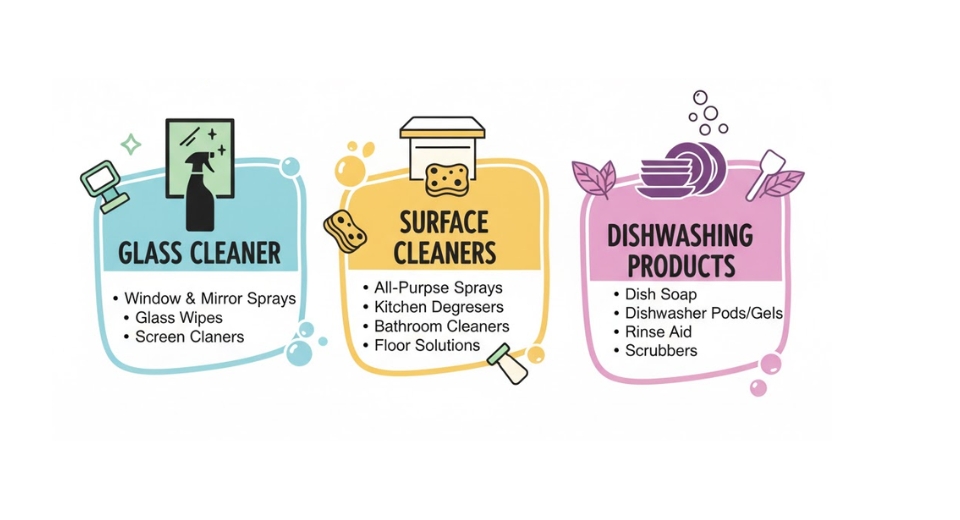
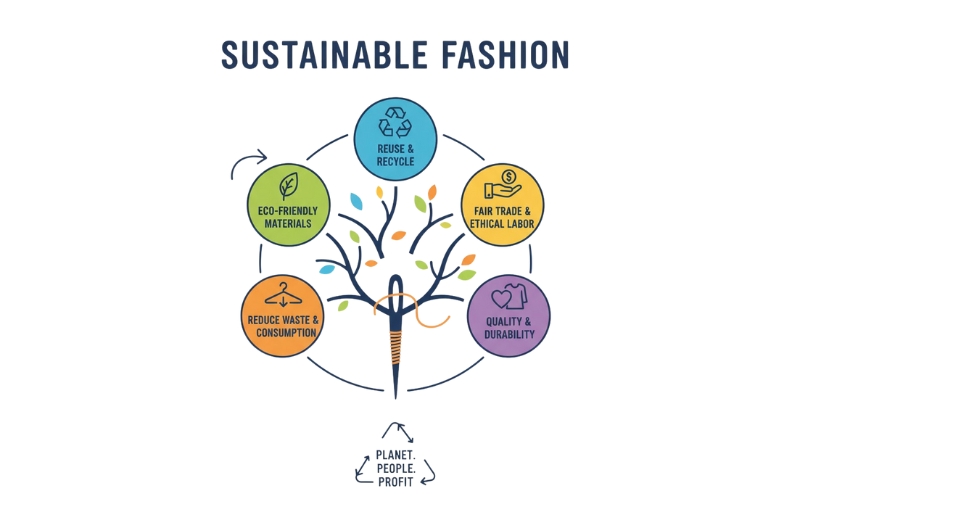
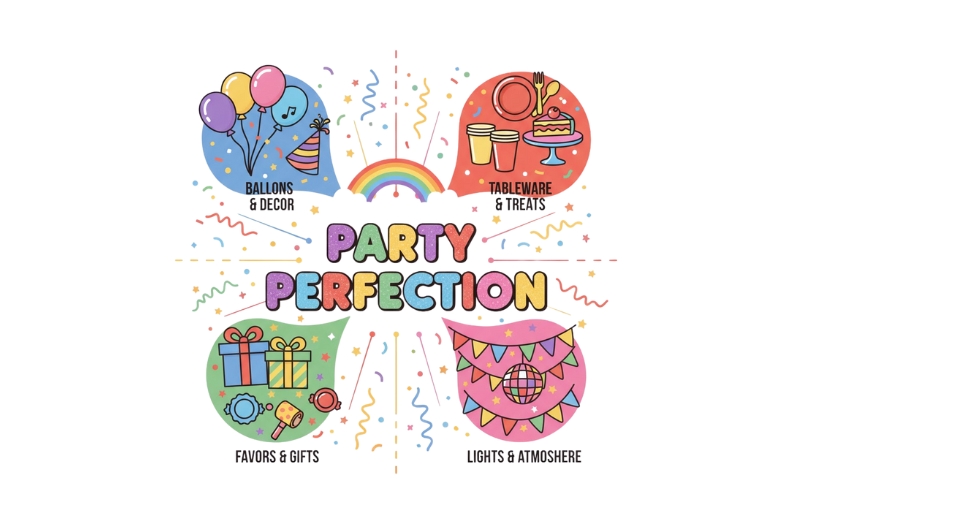

 US: +1 3023308252
US: +1 3023308252






